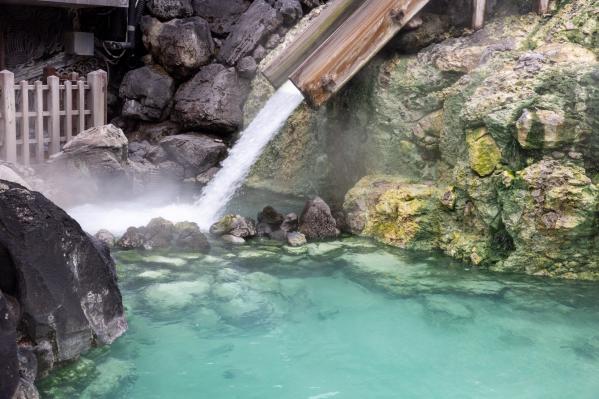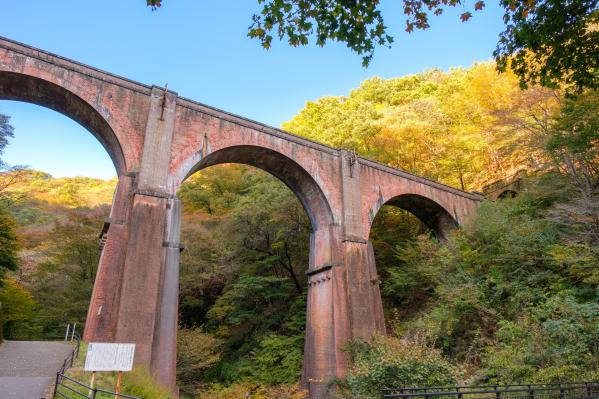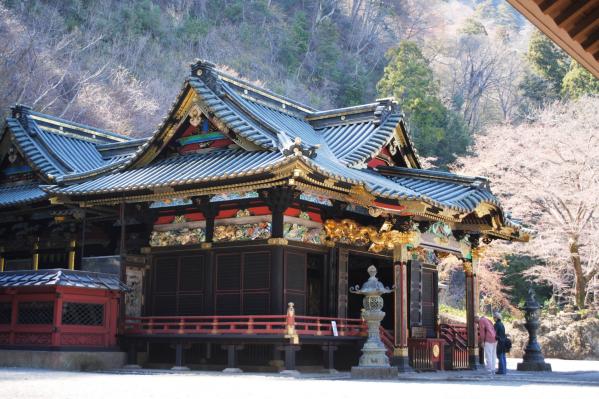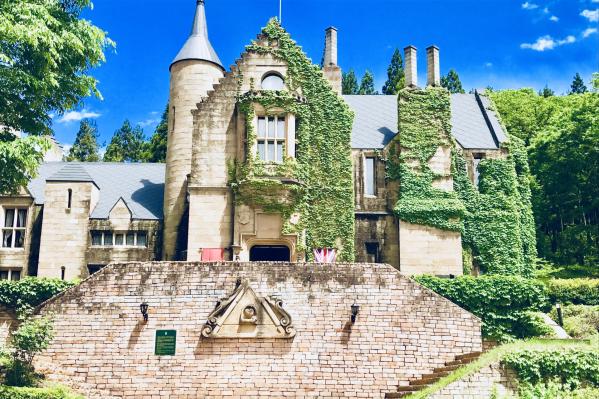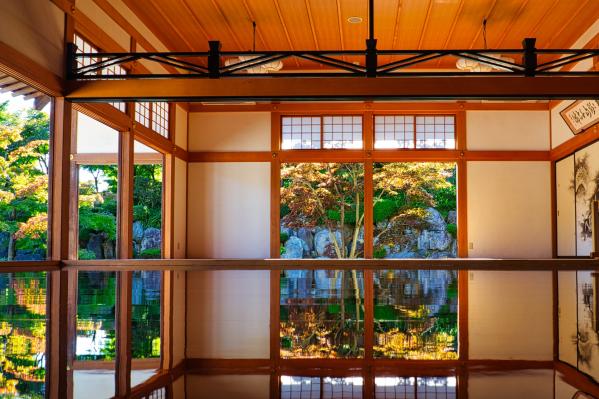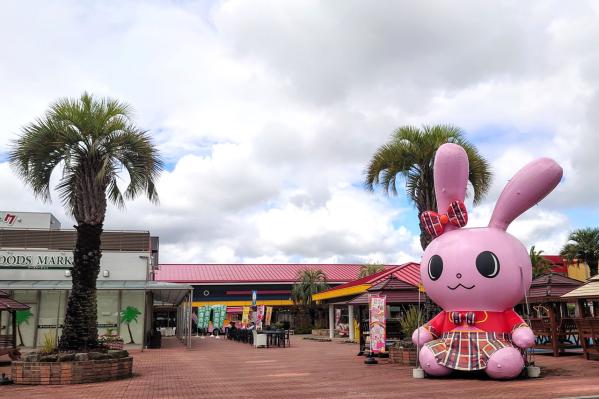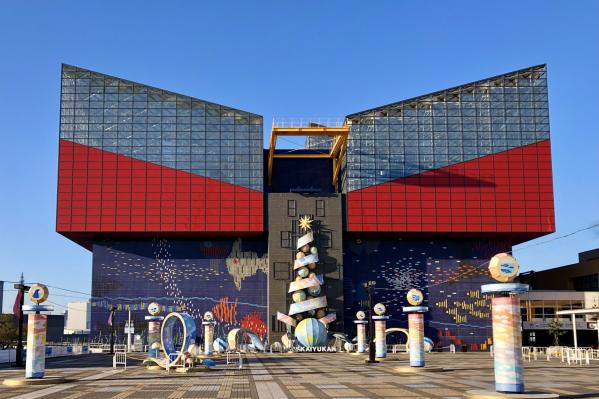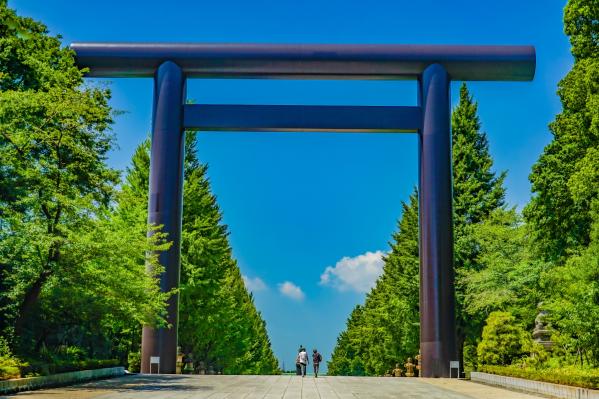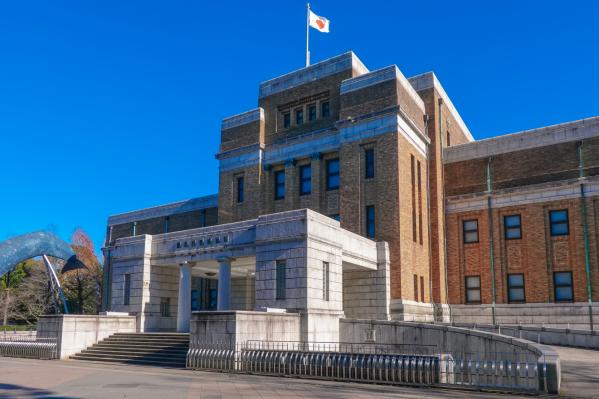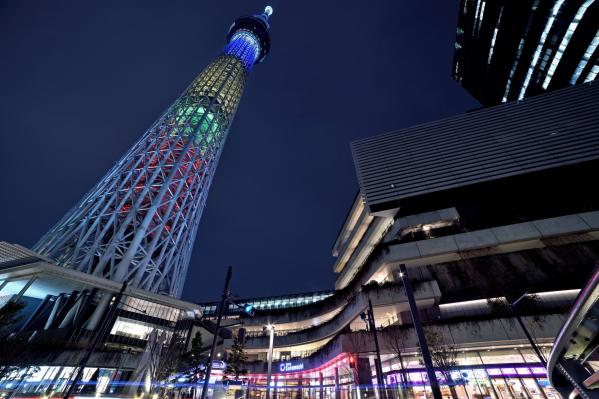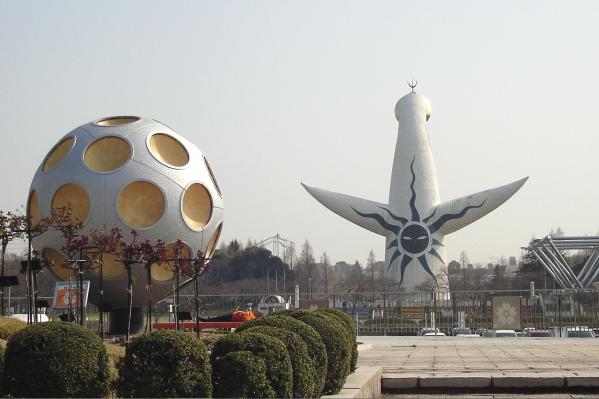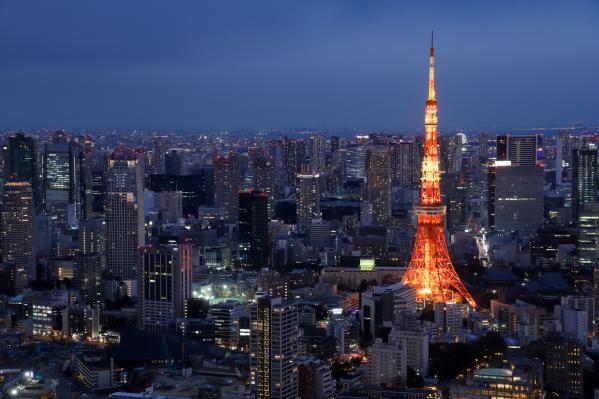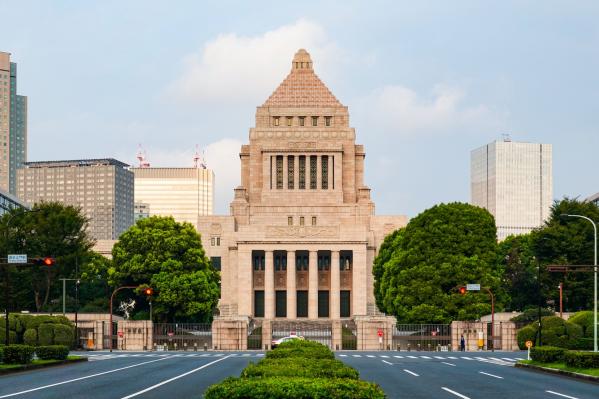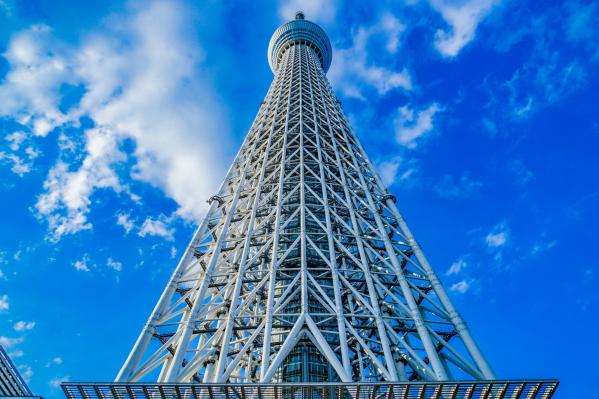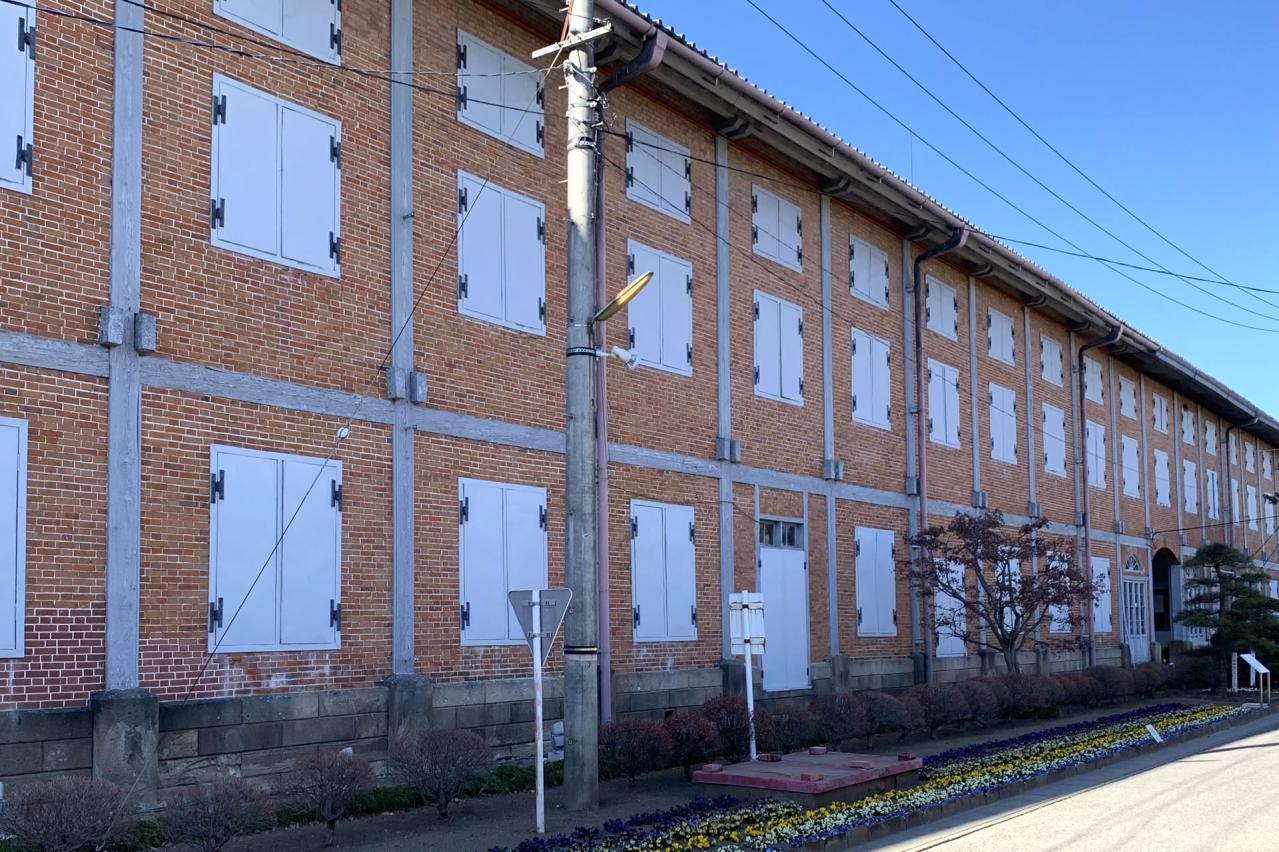
Tomioka Silk Mill
This facility is known for its "brick and wood-frame" buildings, which were constructed by Japanese carpenters under the technical guidance of France, blending Western and Japanese architectural styles. The two main buildings, the East and West Silk Storehouses, each exceed 100 meters in length and employ advanced truss structures for their time, allowing for spacious interiors. These innovations enabled the efficient production of large quantities of raw silk.
The site has made significant contributions not only to the development of modern silk-reeling technology but also to the improvement of silkworm breeds and the dissemination of sericulture techniques, greatly advancing Japan's silk industry overall. Its impact reached not just within Japan but also into European markets. The facility still preserves numerous valuable historical buildings and machines, and detailed explanations are provided by guides, making a visit highly recommended. The Tomioka Silk Mill can be regarded as a place where one can experience the spirit of Japan's craftsmanship and the history of technological innovation.
Basic Information
- Spot Name
- Tomioka Silk Mill
- Location
- 〒370-2316 1-1 Tomioka, Tomioka City, Gunma Prefecture
- Access
- Transfer from JR Takasaki Station to Joetsu Line, then it is about a 15-minute walk from Joetsu Line Jojota-Tomioka Station.
- Parking
- Please use the nearby coin-operated parking lots.
- Business Hours
- 9:00 AM to 5:00 PM (Last admission at 4:30 PM)
- Regular Holiday
- Year-end (from December 29 to 31)
- Fees
- Adults: 1,000 yen, High school and university students (student ID required): 250 yen, Children (elementary and junior high school students): 150 yen, Preschool children: Free
- Contact Information
- Phone Number: 0274-67-0075
- Official Website
Map
Detailed Information
The Tomioka Silk Mill is a model silk factory established by the Meiji government in 1872 as part of Japan's modernization efforts. After the Meiji Restoration, the government sought to position Japan on equal footing with foreign countries by modernizing its industries and scientific technologies. One of the key methods for raising funds for this purpose was the export of raw silk. To improve silk quality and production and to train technical leaders, the government decided to create a state-run model factory equipped with Western-style silk-reeling machinery. Thus, the Tomioka Silk Mill was constructed and has remained largely unchanged to this day.
▶Purpose and Background of Tomioka Silk Mill's Establishment
During the late Edo period, Japan began trade with foreign countries after changing its isolationist policies. At that time, the main export item was raw silk. The rapid increase in raw silk exports led to a rise in demand, resulting in a problem of poor-quality silk being produced in large quantities. Foreign countries demanded improvements in silk quality and requested the construction of silk mills with foreign investment.
After the Meiji Restoration, the government, aiming for a wealthy nation with a strong military, rushed to improve silk quality and production for acquiring foreign currency. However, due to difficulties in private capital constructing factories at that time, the government decided to create a state-run model factory equipped with Western-style silk-reeling machinery. The basic concepts behind this model factory were mainly threefold: first, to introduce Western silk-reeling technology; second, to have foreigners as instructors; and third, to recruit young female workers from across the country who would return to their hometowns as instructors in the silk-reeling technique after their training.
Based on these ideas, the Tomioka Silk Mill (Tomioka Seishi Jo) was established under the guidance of a Frenchman, Paul Brunat, incorporating Western technologies.
▶Reasons for Choosing Tomioka as the Location for the Mill
One of the government officials in charge of the Tomioka Silk Mill establishment plan, Atsutada Odaka, along with Paul Brunat, investigated the Musashi, Ueno, and Shinano regions and decided on Tomioka (in the Kozuke region) for the following reasons:
1. The area around Tomioka has a thriving sericulture industry, ensuring a supply of high-quality cocoons, the raw material for silk.
2. There was ample land available necessary for constructing the factory.
3. Sufficient water for silk reeling could be secured from existing irrigation.
4. Coal, the fuel for steam engines, could be mined nearby in Takasaki and Yoshii.
5. The local population agreed to the construction of a factory led by foreigners.
▶Evolution of Tomioka Silk Mill
The Tomioka Silk Mill, a large machinery silk factory built by the government, had a reeling room that was approximately 140 meters long, containing 300 reeling machines, making it the largest silk factory in the world at that time. Construction of the Tomioka Silk Mill based on Paul Brunat's plans began in 1871 (Meiji 4) and was completed in July 1872 (Meiji 5) with its main buildings finished, commencing operations on October 4 of the same year. In the reeling room, young women who had come from across the country worked, and the proper silk-reeling began.
After foreign instructors left in 1876 (Meiji 9), operations were carried out solely by Japanese. Although management during the state-run period did not always yield profits, the focus on high-quality silk resulted in the silk being highly valued overseas. When the original goals of disseminating silk-reeling techniques and training technicians were met, the factory was privatized and handed over to the Mitsui family in 1893 (Meiji 26). Later, it was transferred to the Hara Company in 1902 (Meiji 35), gaining attention for the mass production of high-quality silk using the Gohōgawa-style multi-reeling machine and for unifying silkworm breeds. In 1938 (Shōwa 13), it became an independent company named Tomioka Silk Mill, but in 1939 (Shōwa 14), it merged with Katakura Spinning Company, which was then the largest silk company in Japan (now Katakura Industries). After World War II, an automatic reeling machine was introduced, and the factory continued to operate for a long time until operations ceased in March 1987 (Shōwa 62) due to the decline of Japan's silk industry. Despite the cessation, the majority of the buildings were carefully preserved by Katakura Industries, and in September 2005 (Heisei 17), they were donated to Tomioka City, which has since managed their preservation.
In July 2005, the site was designated as a national historic site, the main buildings were designated as important cultural properties in July 2006, and in June 2014, it was listed as a UNESCO World Heritage Site. Furthermore, in December of the same year, the reeling room and the western and eastern cocoon storage houses were designated as national treasures.
▶Current Status of Tomioka Silk Mill
Today, the Tomioka Silk Mill is owned by Tomioka City, which manages its preservation, repairs, and utilization. As part of its public outreach, the mill is open to the public, aiming to communicate the historical and cultural value of the Tomioka Silk Mill and the significance of preserving it as a precious heritage for future generations. Visits focus on the exterior of the buildings, and because just viewing them does not convey the 115 years of operational history and its value as an industrial heritage site, guided tours and audio guides are provided.
Regarding preservation, repair, and utilization, plans were made in 2008 and 2012, and with guidance and advice from a committee of experts, discussions with relevant agencies are ongoing for a 30-year plan to incorporate preservation and repair work.
▶Hide Wada (formerly Yokota)
Hide Wada, a daughter of Kazuma Yokota, a samurai from Matsushiro, Nagano Prefecture, was a young female worker who actively learned techniques at the Tomioka Silk Mill. She entered the mill in 1873 (Meiji 6) and eagerly studied the silk-reeling technology, becoming a technical instructor at the local Saijo Village Silk Mill (later Rokko Co.). Her recollections of life at Tomioka Silk Mill were published as "Tomioka Diary" in 1907 (Meiji 40).
Tomioka Silk Mill Movies
Gunma Tourist Attractions
View ListKusatsu Onsen
Kusatsu Onsen is one of Japan's representative hot spring resorts located in Gunma Prefecture. A particular highlight is the "Yubatake," where blue-green hot spring ...
Oze National Park
Oze National Park is the largest high-altitude wetland in Honshu, spanning the four prefectures of Gunma, Tochigi, Fukushima, and Niigata. From the snowmelt in May t...
Usuidai Sankyoryo (Megane Bridge)
Usui Pass Third Bridge is one of Japan's largest brick arch bridges, located in Usui Pass, Annaka City, Gunma Prefecture. Its elegant form has earned it the nickname...
Myogi Shrine
Myogi Shrine is located at the eastern foothills of Myogi Mountain and Hakubun Mountain, famous for its peculiar rocks and formations, surrounded by majestic scenery...
Lockheart Castle
Lockhart Castle is a historic fortress that has been relocated and restored from Scotland. Its beautiful location surrounded by majestic nature has gained attention,...
Hotokuji Temple
Hōtokuji is a historic temple founded during the Muromachi period. It is particularly famous for the "momiji on the floor" seen in the main hall, which is open to th...
Konnyaku Park
Konjac Park is a theme park where you can experience the charms of "konjac," a traditional Japanese ingredient. Here, you can enjoy free factory tours to learn about...
Gunma Safari Park
Gunma Safari Park is a vast safari park where about 100 species and 1,000 animals live in an environment close to nature. Visitors can observe lions, zebras, giraffe...








